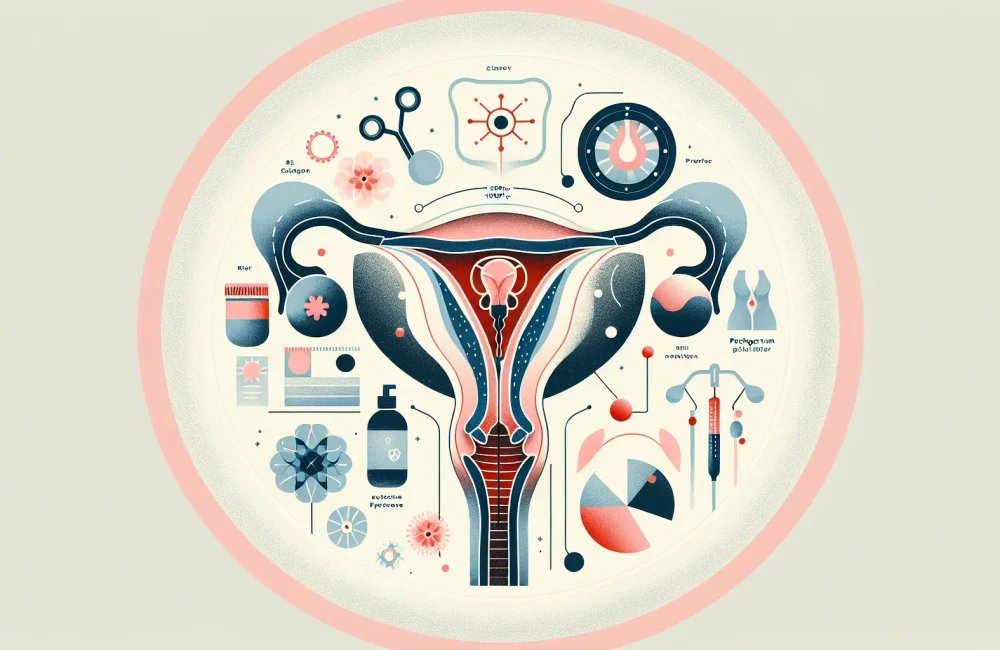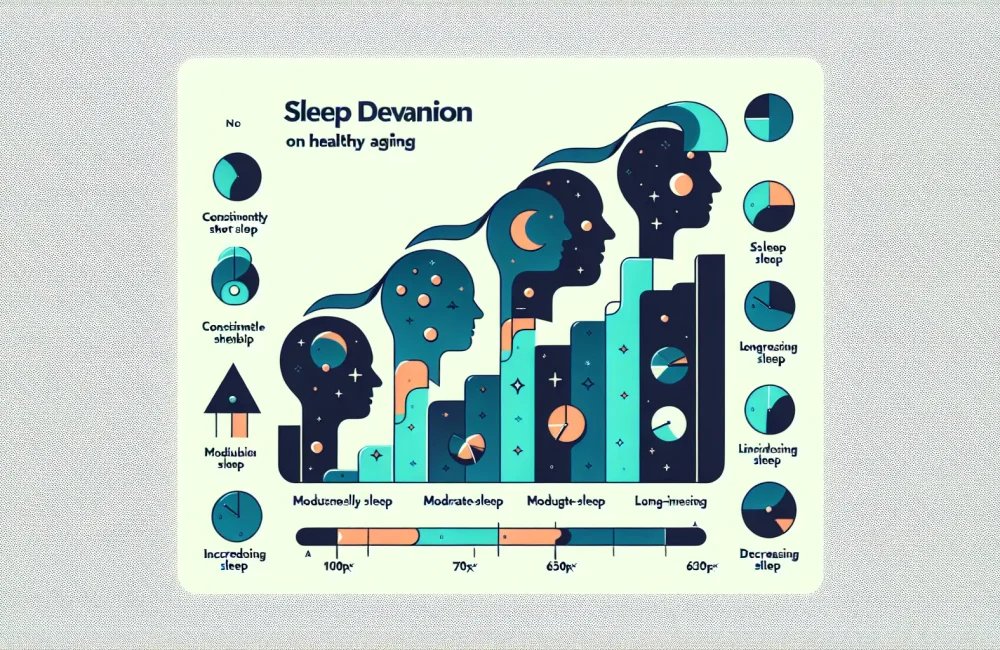By CAFMI AI From Frontiers in Medicine (Open Access)
Frailty as a Key Predictor of Outcomes in Elderly Hip Fracture Patients
**Frailty as a Key Predictor of Outcomes in Elderly Hip Fracture Patients** Hip fractures in older adults pose significant clinical challenges due to their association with high morbidity and mortality. The Clinical Frailty Scale (CFS) has emerged as a useful bedside tool to assess frailty—a multidimensional syndrome characterized by reduced physiological reserve and increased vulnerability to stressors. In a retrospective cohort study conducted in Qatar, researchers investigated how the CFS score correlated with adverse outcomes in patients aged 65 and older admitted with hip fractures. The study included a comprehensive evaluation of demographic and clinical characteristics alongside outcomes such as mortality, length of hospital stay, complications, and discharge dispositions. Findings revealed that higher CFS scores, indicating greater frailty, were strongly linked with increased mortality rates, extended hospitalizations, more frequent post-operative complications, and lower chances of returning home upon discharge. This suggests that measuring frailty on admission can provide critical prognostic information, enabling care teams to identify high-risk patients early in their hospital course. The study underscores the importance of incorporating frailty assessment into routine evaluation protocols for older adults with hip fractures to optimize clinical decision-making and resource allocation.
Clinical Implications and Risk Stratification Using the Clinical Frailty Scale
**Clinical Implications and Risk Stratification Using the Clinical Frailty Scale** The significant association between elevated CFS scores and worse clinical outcomes in older hip fracture patients highlighted in this study offers vital insights for clinicians, particularly those practicing in primary care, geriatrics, orthopedics, and rehabilitation. The ability of the CFS to predict mortality and complications facilitates risk stratification that can inform treatment planning and discharge decisions. For example, patients with higher frailty may benefit from enhanced perioperative monitoring, tailored rehabilitation programs, and multidisciplinary care approaches involving geriatricians, physiotherapists, and social workers. Furthermore, recognizing frailty early can aid in counseling patients and families regarding prognosis, expected recovery trajectories, and care needs including potential transfer to rehabilitation or long-term care facilities. As hip fractures often result from falls, preventive strategies addressing frailty might also reduce incidence and improve outcomes. Incorporating the CFS in clinical workflows supports personalized medicine by aligning intervention intensity with individual vulnerability levels, potentially reducing adverse events and healthcare burdens.
Study Design, Limitations, and Recommendations for Practice
**Study Design, Limitations, and Recommendations for Practice** This study employed a retrospective design, analyzing existing healthcare data from a defined population of older adults in Qatar admitted for hip fracture management. Such design allowed efficient assessment of associations between frailty and outcomes, yet is limited by inherent constraints including potential information bias and inability to establish causal relationships. The study cohort’s demographic characteristics may limit generalizability to other populations, especially non-Middle Eastern or ethnically diverse groups. Nevertheless, the CFS’s predictive validity in this context supports its broader application across healthcare settings dealing with elderly trauma patients. The authors recommend routine frailty screening using the CFS at hospital admission for hip fractures to guide care pathways, from perioperative management to discharge planning and follow-up. Future research could involve prospective studies with larger and more diverse cohorts, evaluation of interventions targeting frailty reduction, and exploration of integration of CFS with other clinical tools. Clinicians should consider frailty alongside traditional risk factors in comprehensive patient assessments to improve outcomes and optimize resource use in aging populations.
Read The Original Publication Here






